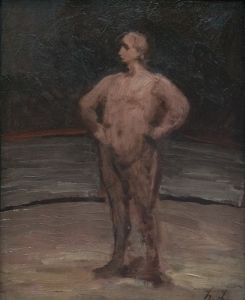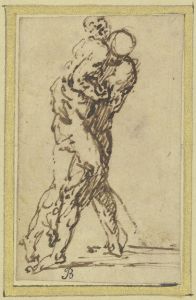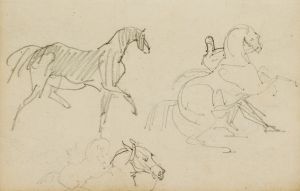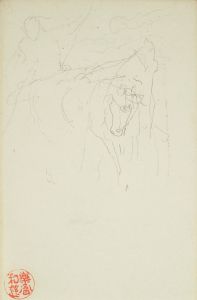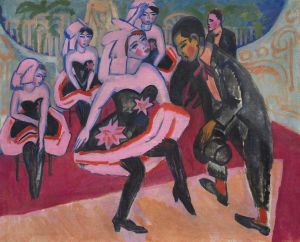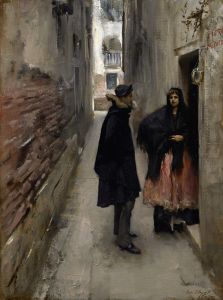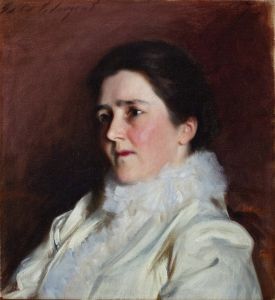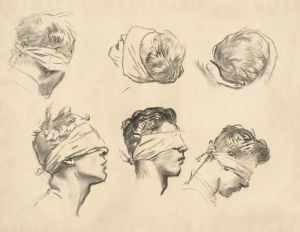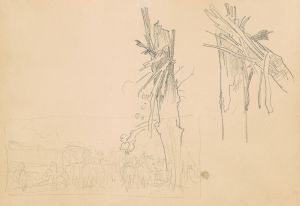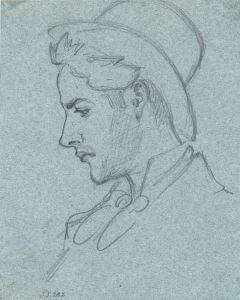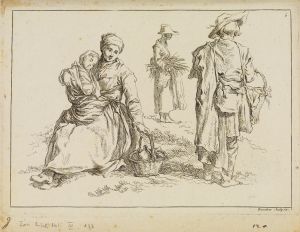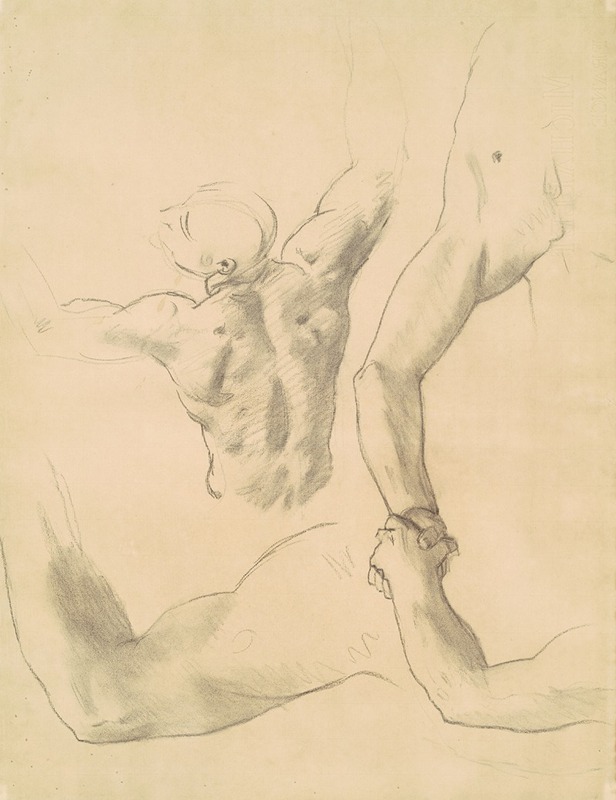
Studies for ‘Two Classical Male Figures Wrestling’
A hand-painted replica of John Singer Sargent’s masterpiece Studies for ‘Two Classical Male Figures Wrestling’, meticulously crafted by professional artists to capture the true essence of the original. Each piece is created with museum-quality canvas and rare mineral pigments, carefully painted by experienced artists with delicate brushstrokes and rich, layered colors to perfectly recreate the texture of the original artwork. Unlike machine-printed reproductions, this hand-painted version brings the painting to life, infused with the artist’s emotions and skill in every stroke. Whether for personal collection or home decoration, it instantly elevates the artistic atmosphere of any space.
John Singer Sargent's Studies for ‘Two Classical Male Figures Wrestling’ is a preparatory drawing that showcases the artist's interest in the human form and his mastery of anatomical studies. Created during the late 19th or early 20th century, this work reflects Sargent's engagement with classical themes and his dedication to understanding the dynamics of the human body in motion.
The drawing depicts two male figures engaged in a wrestling pose, rendered with precision and attention to musculature. The figures are presented in a classical style, reminiscent of ancient Greek and Roman art, which often celebrated athleticism and the human physique. Sargent's use of line and shading demonstrates his skill in capturing the tension and movement between the two bodies, emphasizing their physicality and the interplay of light and shadow.
This study is believed to have been part of Sargent's broader exploration of classical subjects and his practice of drawing from life. Throughout his career, Sargent was known for his rigorous training and frequent sketching, often working with live models to refine his understanding of anatomy. While he is best known for his portraiture, works like Studies for ‘Two Classical Male Figures Wrestling’ reveal his versatility and his interest in a wide range of artistic traditions.
The purpose of this particular study is not definitively documented, but it may have been created as part of Sargent's preparation for a larger composition or as an academic exercise. Such studies were common among artists of his time, serving as a means to experiment with poses, proportions, and the depiction of movement.
The drawing is now part of a collection that highlights Sargent's lesser-known works, offering insight into his artistic process and the breadth of his interests. It provides a glimpse into the meticulous preparation that underpinned his more finished pieces, as well as his engagement with classical art forms.
As with many of Sargent's studies, this work underscores his technical proficiency and his ability to convey the vitality of the human figure. It remains an example of his dedication to the craft of drawing and his appreciation for the artistic traditions that preceded him.





